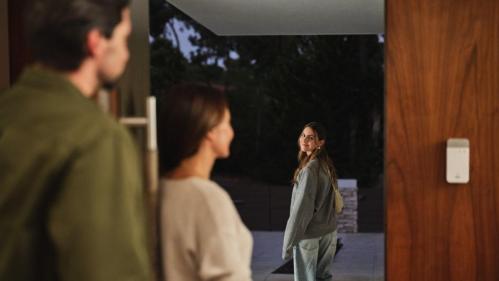
The PHE have said that the number of cases reported so far is “above what is typical for this time of the year” and is advising the public to be on the look out for symptoms.
Head of streptococcal infection surveillance at PHE, Dr. Theresa Lamagni said: "The first symptoms of scarlet fever include a sore throat and fever, which may be accompanied by a headache, nausea and vomiting. Between 12 to 48 hours after this, a characteristic fine, sandpapery rash develops, often appearing first on the chest or stomach. Cases are more common in children although adults of all ages can also develop scarlet fever. Individuals who think they or their child may have scarlet fever should consult their GP. Symptoms usually clear up after a week and in the majority of cases remain reasonably mild providing a course of antibiotics is completed to reduce the risk of complications."
Dr. Lamagni is advising parents to consult their GP if they are worried their child might have it, and offers the following advice for anyone diagnosed: "As scarlet fever is highly contagious, children or adults diagnosed with scarlet fever are advised to stay at home until at least 24 hours after the start of antibiotic treatment to avoid passing on the infection. For families and friends caring for someone with scarlet fever, the risk of spread can be reduced through frequent hand washing and ensuring clothes, bedding, towels and cutlery are not shared between members of the household."








